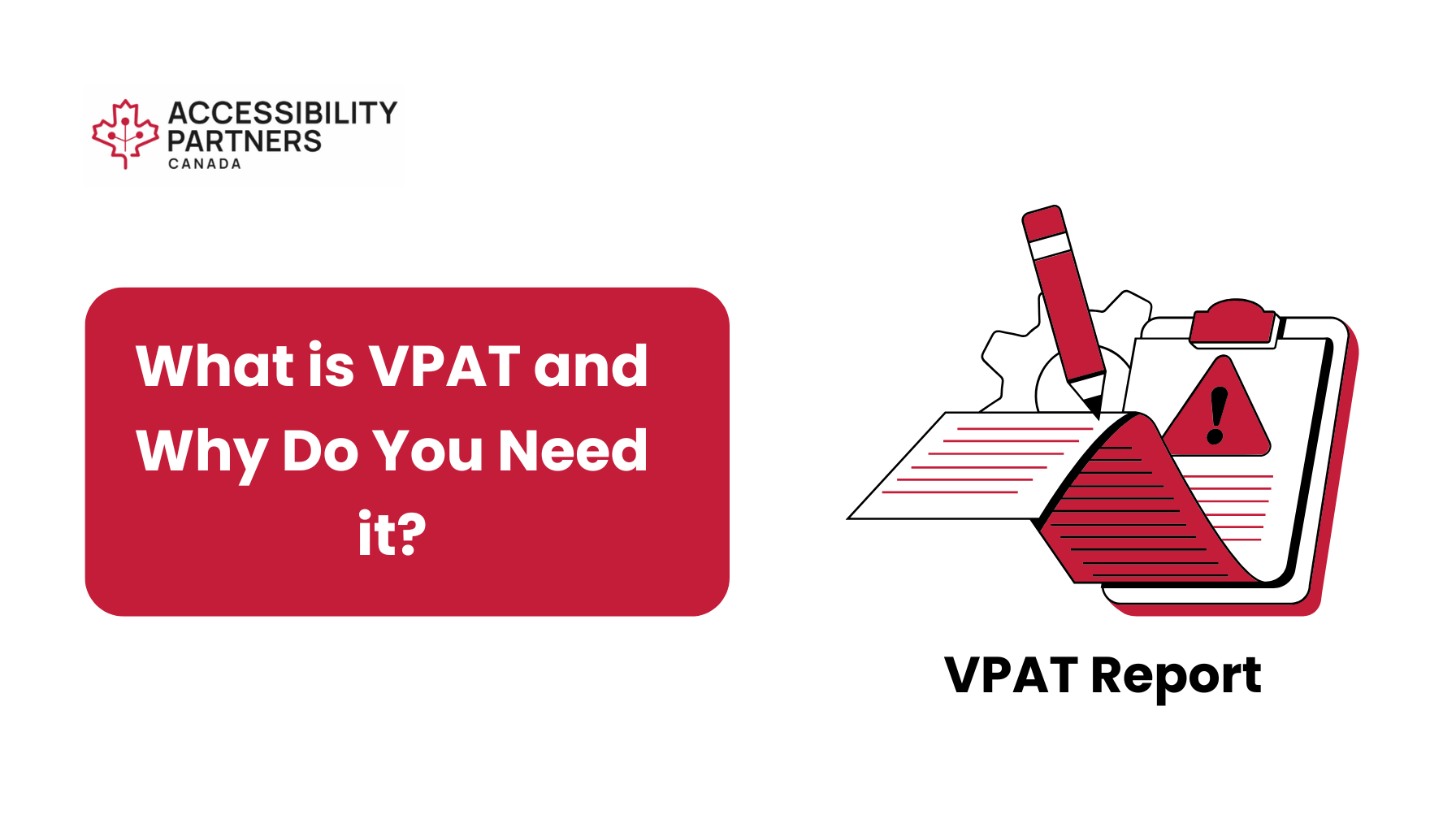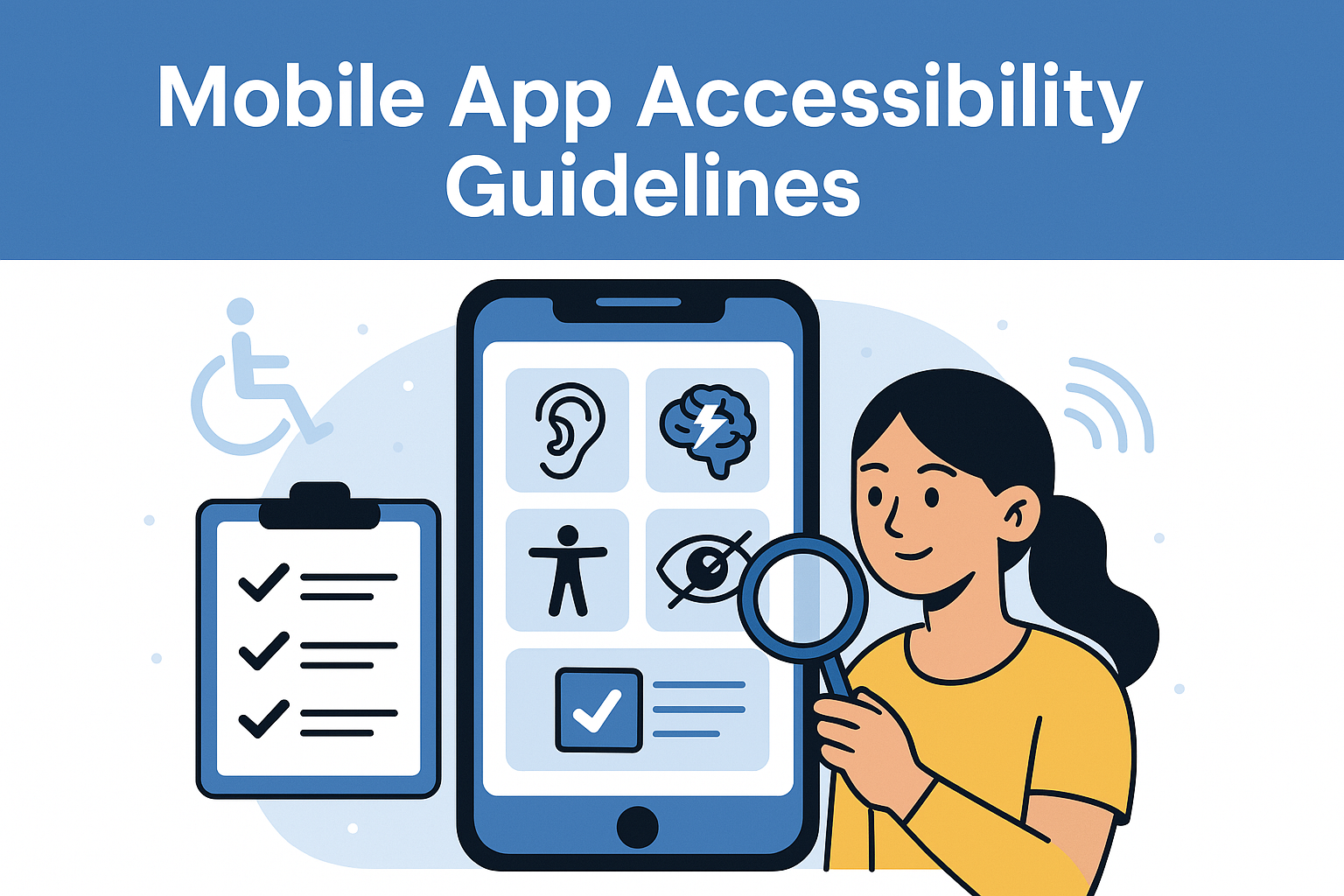In recent years, the number of web accessibility lawsuits has seen a sharp rise in Canada and around the world. As digital experiences become central to how businesses serve customers, website accessibility is now more than a best practice—it’s a legal obligation.
In Canada, the Accessible Canada Act (ACA) requires federally regulated organizations to remove digital barriers, and many provinces (like Ontario under AODA) have similar mandates. The consequences of non-compliance are growing—leading to costly lawsuits, reputational damage, and missed market opportunities.
This guide explores why accessibility lawsuits are increasing, who’s most at risk, and how you can protect your business.
Why Are Web Accessibility Lawsuits Increasing?
There are several key reasons for the rise in accessibility lawsuits:
- Greater awareness among users about their legal rights
- Increased activity from advocacy groups holding organizations accountable
- High-profile lawsuits (like Domino’s Pizza and Winn-Dixie) setting legal precedent
- A growing digital divide where many websites remain inaccessible to users with disabilities
According to global reports, over 4,500 digital accessibility lawsuits were filed in 2023, and that number is expected to grow. In Canada, the enforcement of ACA and provincial acts like AODA has created new compliance expectations for both the public and private sectors.
Understanding the Legal Landscape
Website accessibility in Canada is governed by a mix of federal and provincial legislation.
- Accessible Canada Act (ACA): Applies to federally regulated entities like banks, telecom providers, and government services.
- AODA (Ontario): Mandates that public and private organizations meet WCAG 2.0 Level AA compliance.
- WCAG (Web Content Accessibility Guidelines): The global benchmark for building accessible websites.
Notably, U.S.-based court cases like Domino’s Pizza v. Robles have expanded public understanding of digital accessibility as a civil right. Canadian courts are beginning to see similar arguments made under human rights frameworks and the ACA.
Who Is at Risk?
Any organization with a public-facing digital presence is at risk—especially those in the following sectors:
- E-commerce: Retailers with inaccessible checkout flows or product descriptions.
- Healthcare: Clinics and hospitals with inaccessible appointment systems.
- Education: Universities and colleges with inaccessible learning platforms.
- Hospitality: Hotels with inaccessible booking forms or information.
Even small businesses with fewer resources can be targeted if their websites prevent equal access. If you operate a business that provides goods or services online, you are responsible for ensuring that your content is usable by everyone.
Common Web Accessibility Issues That Trigger Lawsuits
Here are some of the most frequent accessibility barriers cited in lawsuits:
- Missing alt text on images, making visuals unreadable for screen readers
- Inaccessible forms with unlabeled fields or poor error messaging
- Lack of keyboard navigation, excluding users who can’t use a mouse
- Poor color contrast, making text unreadable for visually impaired users
- Non-compliant PDFs or documents embedded on websites
- Missing captions or transcripts on video and audio content
While these may seem minor, they create significant barriers for users with disabilities—and are the basis of many legal claims.
How to Protect Your Business
1. Conduct an Accessibility Audit
Start with a full website accessibility audit using both automated tools and manual testing by experts.
2. Fix WCAG Violations
Address issues identified in the audit by applying WCAG 2.1 or 2.2 best practices. This includes improving contrast, labeling forms, and enhancing navigation.
3. Test with Assistive Technologies
Use tools like JAWS, NVDA, VoiceOver, and keyboard-only navigation to simulate real-world accessibility experiences.
4. Work with Accessibility Experts
Partner with specialists like Accessibility Partners to ensure you’re meeting technical, legal, and usability standards.
The Cost of Non-Compliance
Failing to address accessibility can have significant consequences:
- Legal penalties or settlements, often reaching tens of thousands of dollars
- Costly rework of your website post-lawsuit
- Mandatory monitoring and remediation orders
- Loss of customers and damage to your brand reputation
Compliance is always less expensive than the cost of inaction.
Benefits of Proactive Accessibility Compliance
Accessibility isn’t just about avoiding lawsuits—it’s a competitive advantage:
- Expand your audience: Reach the 22% of Canadians with disabilities.
- Boost SEO: Accessible websites are more easily indexed by search engines.
- Enhance usability: Improvements benefit all users, including those on mobile or with temporary impairments.
- Strengthen brand trust: Demonstrating social responsibility builds loyalty and positive perception.
Conclusion
The rise in web accessibility lawsuits is a clear signal that digital inclusion is no longer optional—it’s essential. Every organization with a public-facing website should prioritize accessibility as a core part of their digital strategy.
By identifying barriers, implementing WCAG best practices, and partnering with trusted consultants, your organization can stay ahead of legal risks while building a more inclusive future.
Schedule an Accessibility Audit with Accessibility Partners today and take the first step toward compliance and inclusion.
FAQs
What is web accessibility, and why is it important?
Web accessibility ensures that people with disabilities can fully use and navigate your website. It’s critical for inclusion, legal compliance, and business growth.
Are websites legally required to be accessible?
Yes. In Canada, laws like the ACA and various provincial acts (e.g., AODA) require websites to meet accessibility standards such as WCAG.
Why are web accessibility lawsuits increasing?
Awareness, legal precedent, and advocacy efforts have increased enforcement of accessibility rights, leading to more lawsuits.
What are common web accessibility issues that lead to lawsuits?
Missing alt text, inaccessible forms, no keyboard navigation, and poor contrast are among the most frequent issues cited in legal actions.
How can businesses ensure their websites are accessible?
Start with an audit, fix WCAG issues, test with assistive tech, and partner with accessibility experts for guidance.
What are the consequences of not complying with web accessibility standards?
You may face lawsuits, fines, mandatory remediation, and loss of business due to negative public perception.
Are small businesses also at risk of web accessibility lawsuits?
Yes. Any business offering products or services online may be held liable for accessibility barriers, regardless of size.







